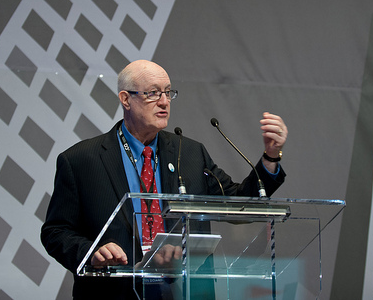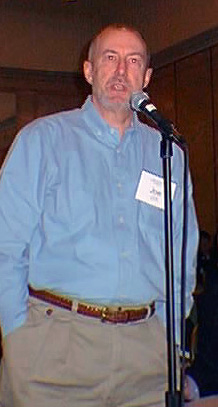ICANN's 15th Anniversary
This page is available in:
- English
- Español
ICANN's 15th Anniversary Celebration
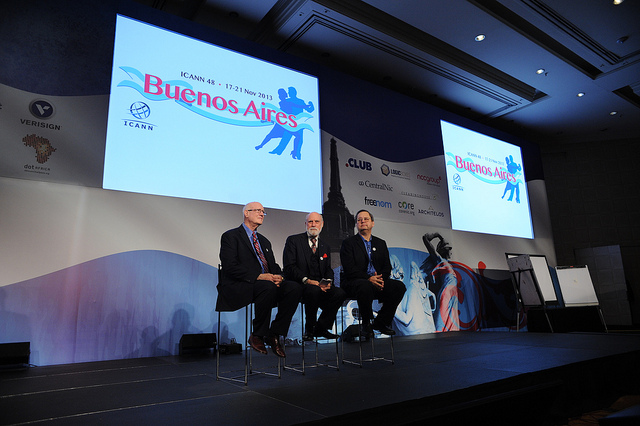
Internet pioneers Vint Cerf, Steve Crocker and Paul Mockapetris reminisced about ICANN's early days at an anniversary celebration attended by many in the ICANN community during the organization's 48th public meeting in Buenos Aires, Argentina. http://www.flickr.com/photos/icann/sets/72157637804026784/
First ICANN Public Meeting
On November 14 1998, ICANN held its very first public meeting in Cambridge, Massachusetts. Greg Crew from Australia was an original Board member and recently recounted the events and issues of that day from his home in Melbourne.
In preparation for that first public meeting, a briefing guide was prepared that included pertinent documents and information that led to ICANN's founding. You can review the guide and other documents here.
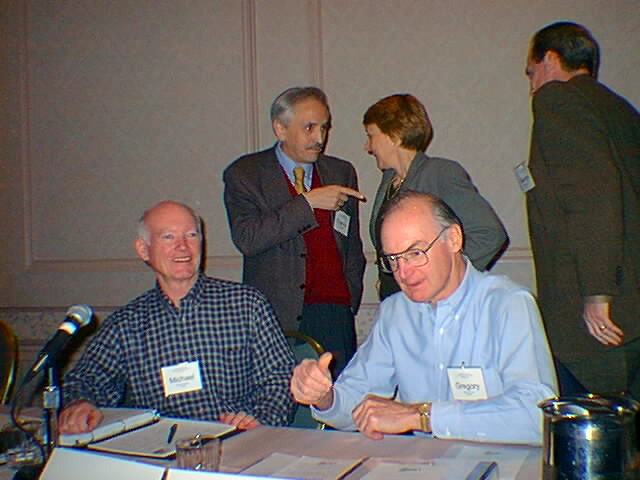
1998 – Greg Crew makes a point with an audience member as Michael Roberts smiles; Eugenio Triana of Spain points a finger at Esther Dyson as George Conradis looks on. Source: http://www.tftb.com/
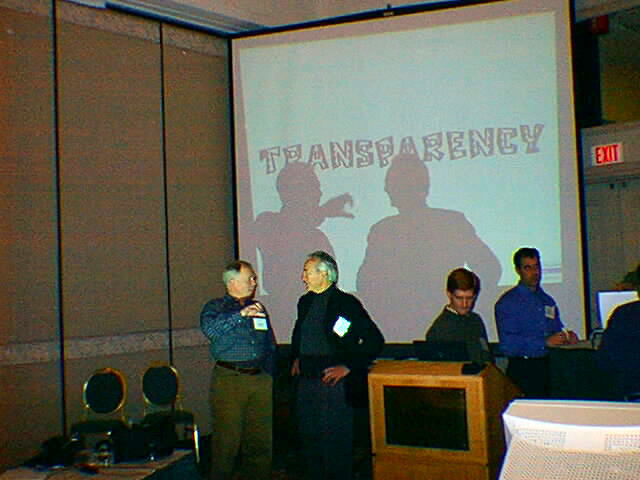
1998 – Charlie Nesson of the Berkman Center for the Internet & Society at Harvard Law School (center, black shirt) led the cautious discussion on "transparency." Source: http://www.tftb.com/
Mike Roberts, First ICANN CEO
On October 26 1998, Mike Roberts was announced as ICANN's first CEO. He discusses his appointment and the historic events surrounding it in this conversation with Brad White.
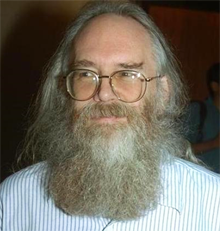
Remembering Jon Postel
On October 16, 1998, Jon Postel died at the age of 55. The impact of the technical and organizational improvements he made to the Internet during his all too brief life is immeasurable.
At the time of his death, Jon had been working tirelessly to create an entity to manage and maintain the Internet's address directory – ICANN.
Numerous tributes followed Jon Postel's death and they continue today. Please take advantage of the links provided below to read about Jon Postel and listen to the remembrances of three Internet pioneers who knew him well.
- Paul Mockapetris [MP3, 8.11 MB]
- Vint Cerf [MP3, 6.01 MB]
- Steve Crocker [MP3, 11.5 MB]
For more information about Jon Postel, please visit the following pages:
Internet Hall of Fame: Jon Postel
ISOC: Tenth Anniversary Tribute
Wired Magazine: Remembering Jon Postel – And the Day He Hijacked the Internet
"If Jon were here, I am sure he would urge us not to mourn his passing but to celebrate his life and his contributions. He would remind us that there is still much work to be done and that we now have the responsibility and the opportunity to do our part. I doubt that anyone could possibly duplicate his record, but it stands as a measure of one man's astonishing contribution to a community he knew and loved."
- Vint Cerf, RFC2468
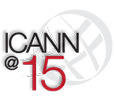
On September 30th, 1998, The Internet Corporation for Assigned Names and Numbers filed Articles of Incorporation in the State of California, the first step toward ICANN becoming the global steward of the Internet's system of unique identifiers – the Domain Name System.
Articles of Incorporation (revised 21 November 1998)
"The Corporation shall operate for the benefit of the Internet community as a whole, carrying out its activities in conformity with relevant principles of international law and applicable international conventions and local law and, to the extent appropriate and consistent with these Articles and its Bylaws, through open and transparent processes that enable competition and open entry in Internet-related markets. To this effect, the Corporation shall cooperate as appropriate with relevant international organizations."
The process of establishing ICANN unfolded throughout the autumn of 1998. Over the weeks and months ahead, we will explore the origins and history of ICANN through the personal reflections of those instrumental in its creation; through video interviews, podcast, blog posts, documents and photographs. We hope you will respond with your own reflections and comments as well.
Steve Crocker
By the time ICANN was formed in 1998, Steve Crocker already had invested 30 years into the network technology that led to the development of the Internet. In the following videos, he reflects on the events that led to ICANN's creation and his own contributions to that early effort.
1998 – Attorney Joe Sims, legal counsel to the IANA, was the man who actually asked most of the board members, individually, to come aboard. He was acting on behalf of Jon Postel, he said. Source: http://www.tftb.com/
Historic Documents
NTIA "White Paper", June 5, 1998
Articles of Incorportation, September 30, 1998

